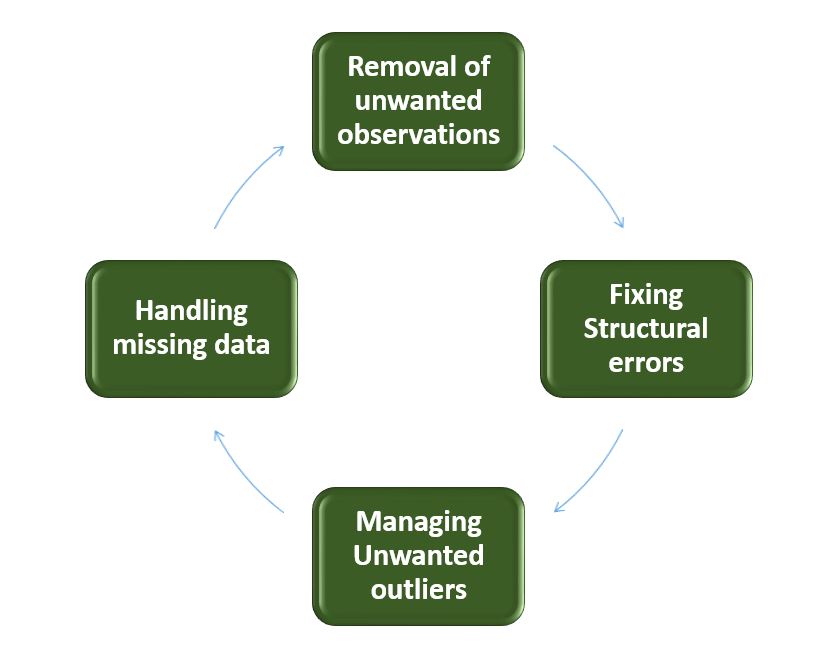In the world of machine learning and data science, clean data forms the cornerstone of accurate predictions and trustworthy insights. The role of data cleaning in ensuring the reliability of algorithms and analyses cannot be overstated. Even the most advanced machine learning models falter without proper data preparation.
Whether you’re building predictive models or analyzing trends, understanding and implementing effective data cleaning techniques is essential for successful projects.
For more insights into AI’s evolving applications, check out AI trends in software development for 2025.
What is Data Cleaning?
Also referred to as data wrangling, data cleaning is the process of preparing raw datasets by addressing inconsistencies, errors, and missing or redundant information. This ensures data integrity, which is critical for drawing meaningful conclusions from machine learning models.
Key Steps in Data Cleaning
- Handling Missing Values
Missing data can compromise model accuracy. Techniques like:- Imputation: Filling gaps with estimated values.
- Removal: Excluding incomplete records.
- Placeholder Values: Using defaults to maintain dataset structure.
- Removing Duplicates
Redundant entries skew results. Identifying and removing duplicates ensures dataset precision. - Addressing Outliers
Outliers can distort analysis. Detect them using statistical methods or visualizations, then decide whether to retain, remove, or transform them. - Standardizing Data
Consistency in formats, units, and labels is crucial. For instance, ensuring uniformity in date formats or currency units avoids errors in computation. - Fixing Errors
Typographical mistakes, inconsistencies, or incorrect data entries can lead to inaccurate models. Manual or automated validation ensures data accuracy.
For an in-depth exploration of AI’s challenges in real-world applications, read employees hiding AI use.
Why Data Cleaning Matters
The benefits of data cleaning extend beyond improved accuracy. Here’s why it is indispensable:
- Accuracy in Predictions
Clean data enhances the ability of machine learning algorithms to detect patterns and make precise predictions. - Efficiency in Computation
By removing unnecessary data, computational resources are utilized effectively, speeding up training processes. - Reliable Insights
Data cleaning ensures that the results and recommendations derived from your models can be trusted.
The Role of Data Cleaning in Real-World Projects
Clean data is not only essential for model training but also impacts decision-making across industries. From healthcare analytics to financial forecasting, the integrity of data directly affects outcomes.
For example, data preparation plays a crucial role in Generative AI applications. Read our coverage on OpenAI’s Operator AI Agent launch to learn how AI innovations rely on structured and cleaned datasets.
Challenges in Data Cleaning
Despite its importance, data cleaning presents several challenges:
- Large Datasets: Managing inconsistencies in vast datasets can be overwhelming.
- Automation vs. Manual Effort: While automated tools save time, they may miss context-specific errors.
- Time-Intensive: Data cleaning often requires a significant investment of time and resources.
For further reading on overcoming challenges in AI, explore AI job applications: Pros and Cons.
Conclusion
The role of data cleaning in machine learning and data science cannot be overstated. It serves as the foundation for accurate analysis, efficient computation, and reliable insights. By mastering the techniques of data cleaning, data professionals ensure their projects achieve meaningful and impactful results.
To stay updated on the latest advancements in AI and machine learning, visit Times of Tech. For additional perspectives, explore this article on the role of data cleaning.






